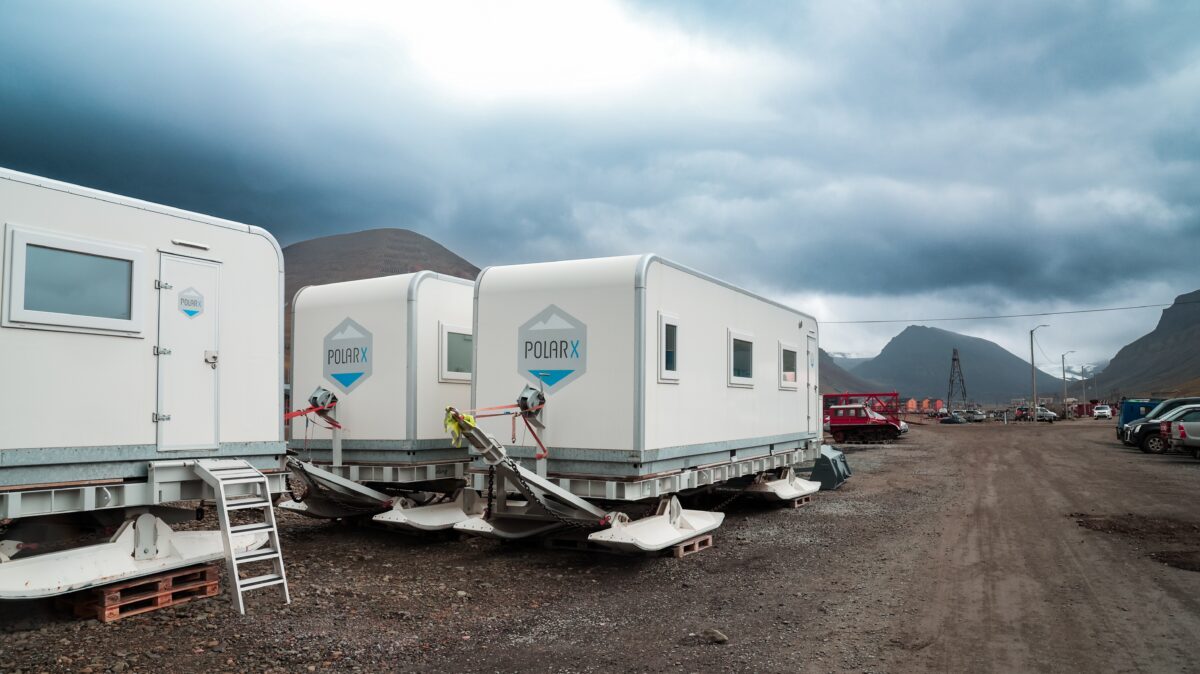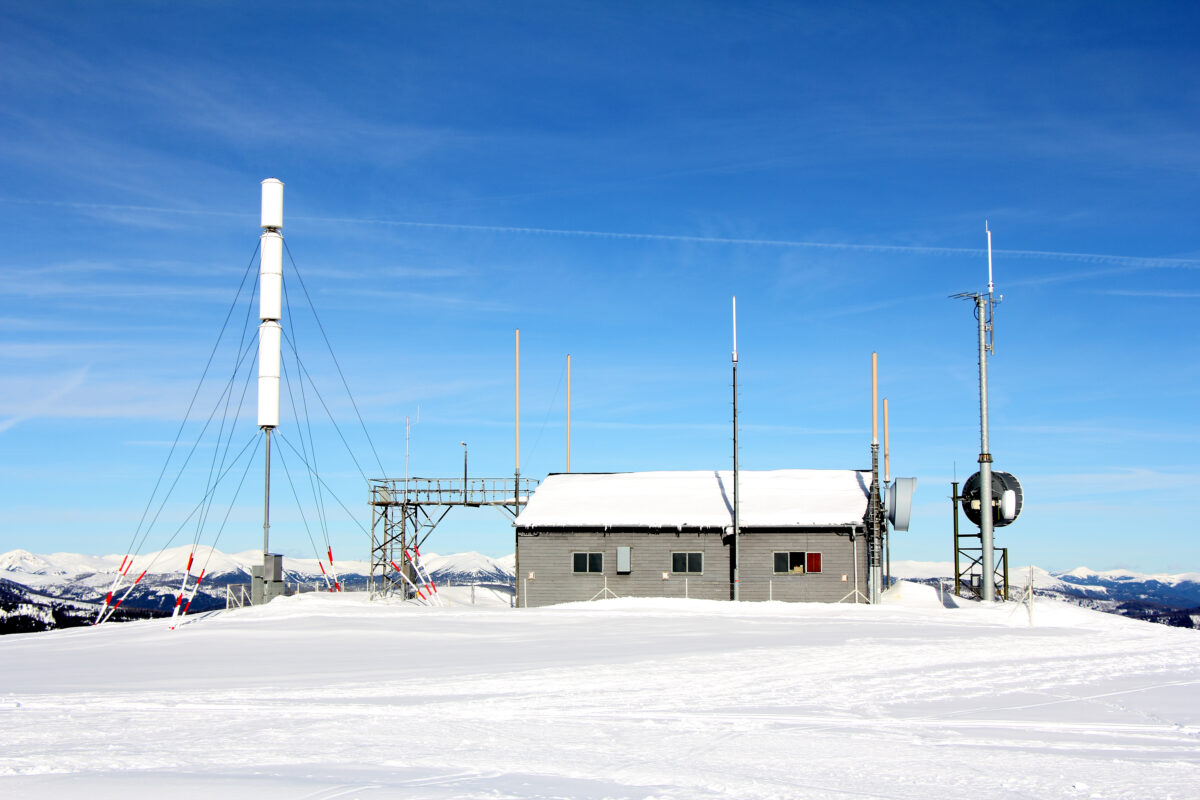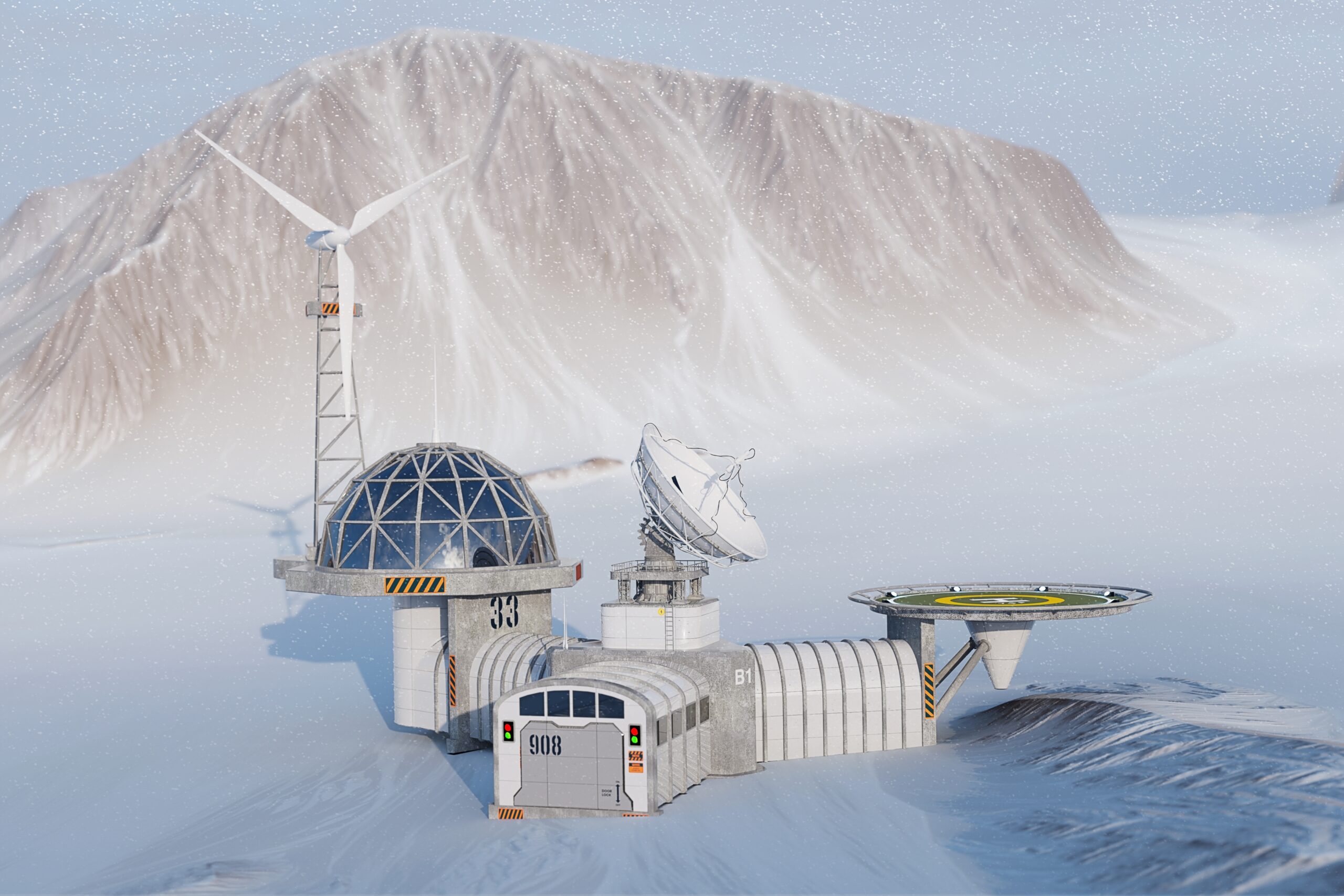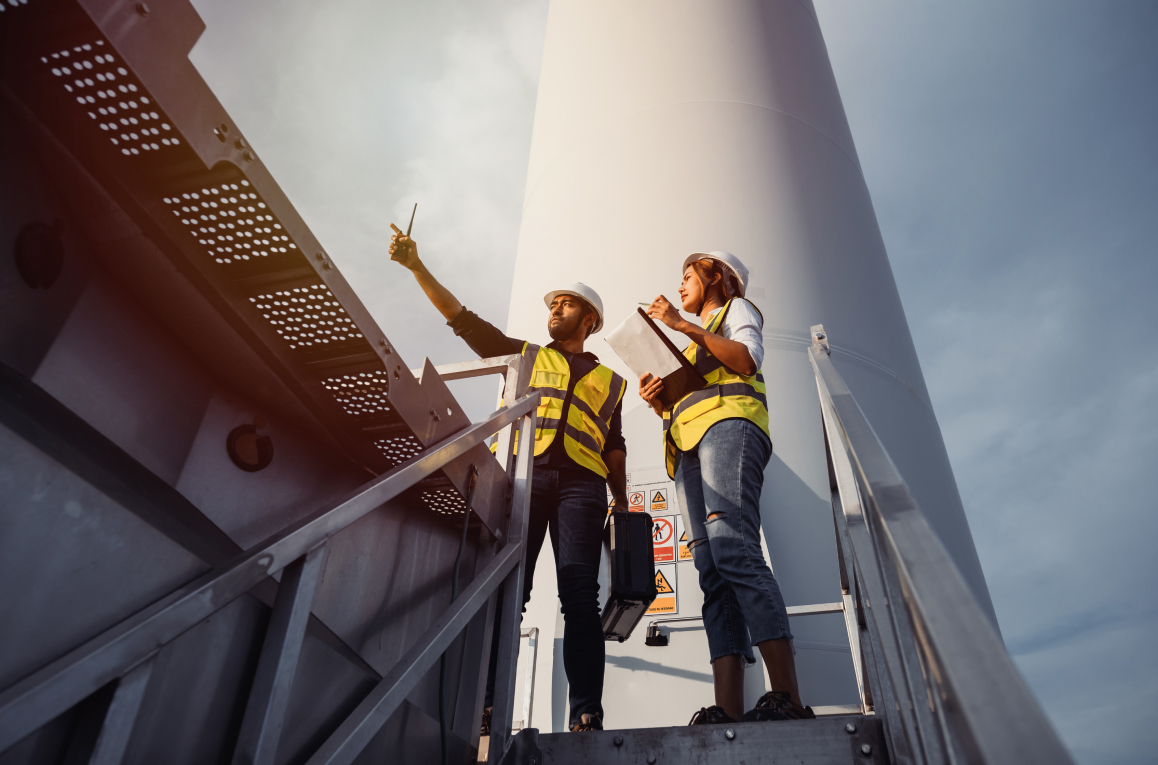Wind Turbine Use in Remote Research Stations
Remote research stations, whether located in icy conditions of Antarctica, on the mountaintops or across remote islands, face one common challenge: reliable and sustainable energy supply. For decades, these facilities have depended on fossil fuels for power, relying on costly and logistically complex deliveries to sustain their operations. However, this dependency comes with significant environmental and financial costs. The transition to renewable energy, particularly through wind and solar power, offers a transformative solution. By harnessing local wind and solar resources, remote research stations can reduce their reliance on fossil fuels, significantly lowering carbon emissions while cutting energy expenses. Unlike traditional generators, which require continuous refueling and maintenance, self-sustaining power solutions provide a steady, autonomous energy source that aligns with the sustainable missions many of these facilities pursue.
Wind energy, in particular, stands out for its ability to perform in various remote environments. Small wind turbines in remote areas can deliver consistent power, making them a practical and environmentally friendly option for research stations around the globe.
Meeting Energy Needs in Remote Research Stations
Operating a research station in a remote location comes with unique energy challenges. These facilities require reliable power for essentials like heating, electricity, and water treatment—often in areas where traditional energy sources are unavailable or expensive to deliver. Research stations also often face harsh environments, limited infrastructure, and the logistical headaches of transporting traditional energy sources like diesel fuel. Diesel generators, while commonly used, come with their own set of problems—they’re noisy, costly to operate, and vulnerable to supply chain disruptions. In such extreme and isolated locations, there’s a growing need for autonomous, reliable energy systems that can withstand the elements and provide consistent power without constant refueling or maintenance.
Sustainable energy solutions, like wind power, are becoming essential for addressing these challenges. Not only do they provide a steady energy supply, but they also reduce environmental impact, ensuring research stations can continue their vital work while minimizing harm to the fragile ecosystems they’re often studying.

Economic and Environmental Benefits of Wind Energy
Cost Savings
The biggest cost for remote research stations is delivering supplies and needed equipment. The cost of transporting fuel to remote stations can triple its original price, making wind energy a highly economical alternative. For example, studies show that installing nine 100-kW turbines at the South Pole could save nearly $18 million over 20 years while reducing annual fuel consumption by 441,000 liters. This level of savings makes a compelling case for adopting sustainable energy for research facilities not only to cut costs but also to improve energy independence.
Minimal Impact on the Environment
Beyond the financial benefits, transitioning to wind energy significantly reduces local pollution, an essential consideration for research stations studying pristine environments. By minimizing emissions, renewable energy preserves the integrity of atmospheric and environmental data. By switching to wind energy, research stations can significantly reduce their carbon footprint and avoid polluting the delicate environments they’re studying. This, in turn, ensures that data collected in these regions is more accurate and reflective of natural conditions.
Heightened Sustainability
Transitioning to wind energy dramatically reduces a research station’s dependence on fossil fuels, making operations more sustainable in the long run. Wind turbines, particularly small-scale solutions, offer a reliable energy source that requires minimal maintenance compared to traditional generators. With fewer moving parts and longer operational lifespans, small wind systems can provide uninterrupted power, reducing the frequency of repairs and the need for costly fuel deliveries.
Ease of Installation and Maintenance
Finally, setting up small wind turbines in remote locations is more feasible than ever. Advances in technology have made turbines more portable and easier to install, even in the most challenging terrains. With low maintenance requirements, small wind turbines provide a reliable energy source for research stations. They can operate independently of external fuel sources. This makes them a sustainable and scalable solution even in the most isolated environments. The combination of economic benefits, environmental impact reduction, and ease of installation makes wind turbines for remote research stations a compelling choice for any location looking to reduce reliance on fossil fuels while supporting their research and sustainability goals.
Explore sustainable energy solutions for remote research facilities. Contact Freen to discuss wind energy options for your station.
Case Studies: Wind Energy Supporting Field Research
Research stations, such as Belgium’s Princess Elisabeth Station, showcase how renewable energy for isolated locations can fully meet the demands of extreme environments. Using a combination of wind turbines and solar panels, the station generates a 100% renewable energy supply, tailored with custom-designed rotors to handle variable wind speeds.
Similarly, the Ross Island Wind Farm, powering the U.S. McMurdo Station. It demonstrates the scalability of wind energy, producing up to 990 kW to cover a significant portion of the stations’ energy needs. McMurdo Station is one of the biggest research stations in the Antarctic. Because of that the station has been using renewable energy sources, including small wind turbines, to power some of its operations in the harsh, remote environment.
The use of small wind turbines is particularly beneficial at McMurdo Station due to the region’s high wind speeds. The turbines can generate electricity even in the harsh winter months when solar energy is minimal, making wind an ideal renewable energy source for the area. With strong, steady winds typical of the Antarctic, small vertical-axis wind turbines (VAWTs) are a great choice as they perform well in turbulent and unpredictable wind conditions.
These turbines, while small in scale, make a big difference in the sustainability of the station’s operations. They help cut down on fuel consumption and reduce carbon emissions. In remote locations with constant energy needs and limited supply chains, small wind turbines ensure reliable, clean power while minimizing environmental impact.

Small Wind Turbines Offer Sustainability and Environmental Preservation
Small wind turbines are an ideal energy solution for sensitive research areas, offering clean power with minimal environmental impact. Unlike diesel generators, they produce renewable energy without harmful emissions, helping to lower the carbon footprint in pristine environments. Their compact design takes up less space, preserving local ecosystems and protecting wildlife from disruption. Additionally, these turbines operate quietly and require minimal maintenance, making them a reliable and unobtrusive energy source. By balancing sustainability with functionality, small wind turbines enable research facilities to power their work while safeguarding the natural beauty and ecological integrity of these fragile areas.
Interested in reliable energy for isolated locations? Schedule a consultation with Freen to learn about our small wind solutions.
Freen’s Role in Advancing Small Wind Solutions for Remote Areas
While Freen products are typically used in rural and urban areas, they can also supply wind energy for field research. Thanks to their compact and lightweight design, they are much easier to deliver, especially compared to larger turbines or solar panels. What’s more, our engineers work hard to ensure that our turbines require minimal maintenance and repairs. This means they can provide energy for many years, or even decades, with only minimal servicing needs.
The Future of Wind Energy in Remote Research
As technology continues to advance, small wind turbines are becoming more reliable and adaptable for even the harshest environments. These systems provide green technology for research stations to achieve energy independence and reduce environmental impact and costs. Whether in Antarctica or other isolated regions, wind energy is proving to be a game-changer in meeting the energy demands of the world’s most challenging locations.






